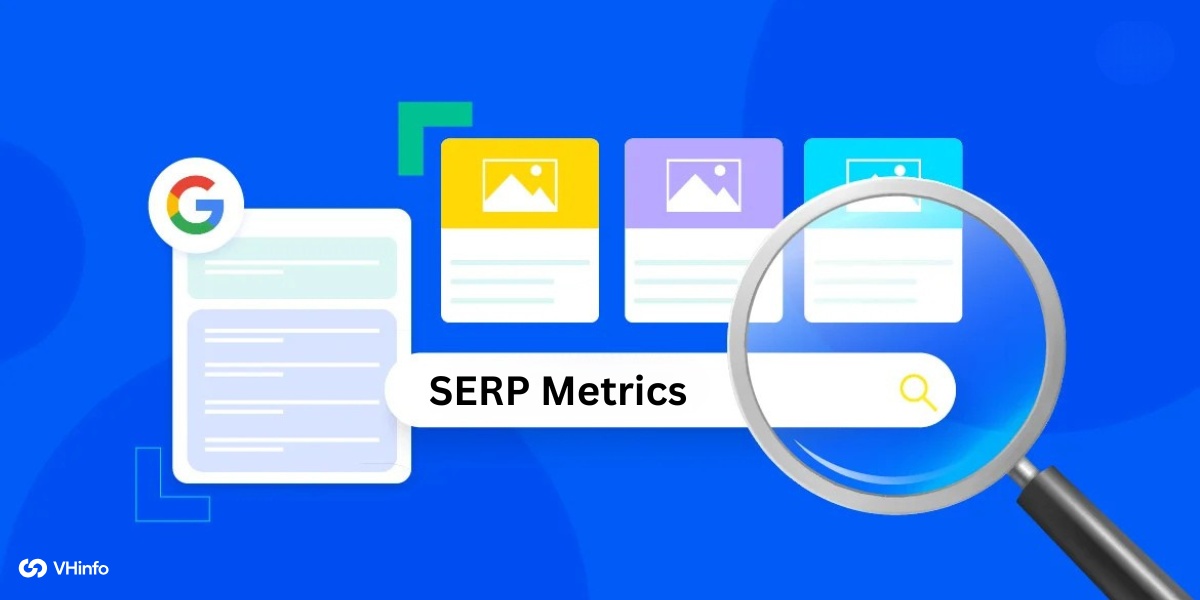Do you want more people to find your website on a search engine like Google? Of course you do. But how do you know if your SEO efforts are working? How can you tell if you’re getting more visitors, or if you’re just guessing? This is where SERP metrics come in.
Think of SERP metrics as a report card for your website. They are numbers that tell you exactly how your web page is doing in Google search results. They show you what’s working, what’s broken, and where you need to improve. Without tracking these numbers, you are working in the dark. You won’t know if your content strategy is helping you get organic traffic, or if your competitors are leaving you behind.
In this guide, we will explain what SERP metrics are.
We will show you the core numbers you must track, the advanced numbers for competitor analysis, and the new SEO metrics that matter in a world with AI Overviews. We will give you the actionable insights you need to improve your search performance.
What Are SERP Metrics? (And Why They Are Critical For SEO)
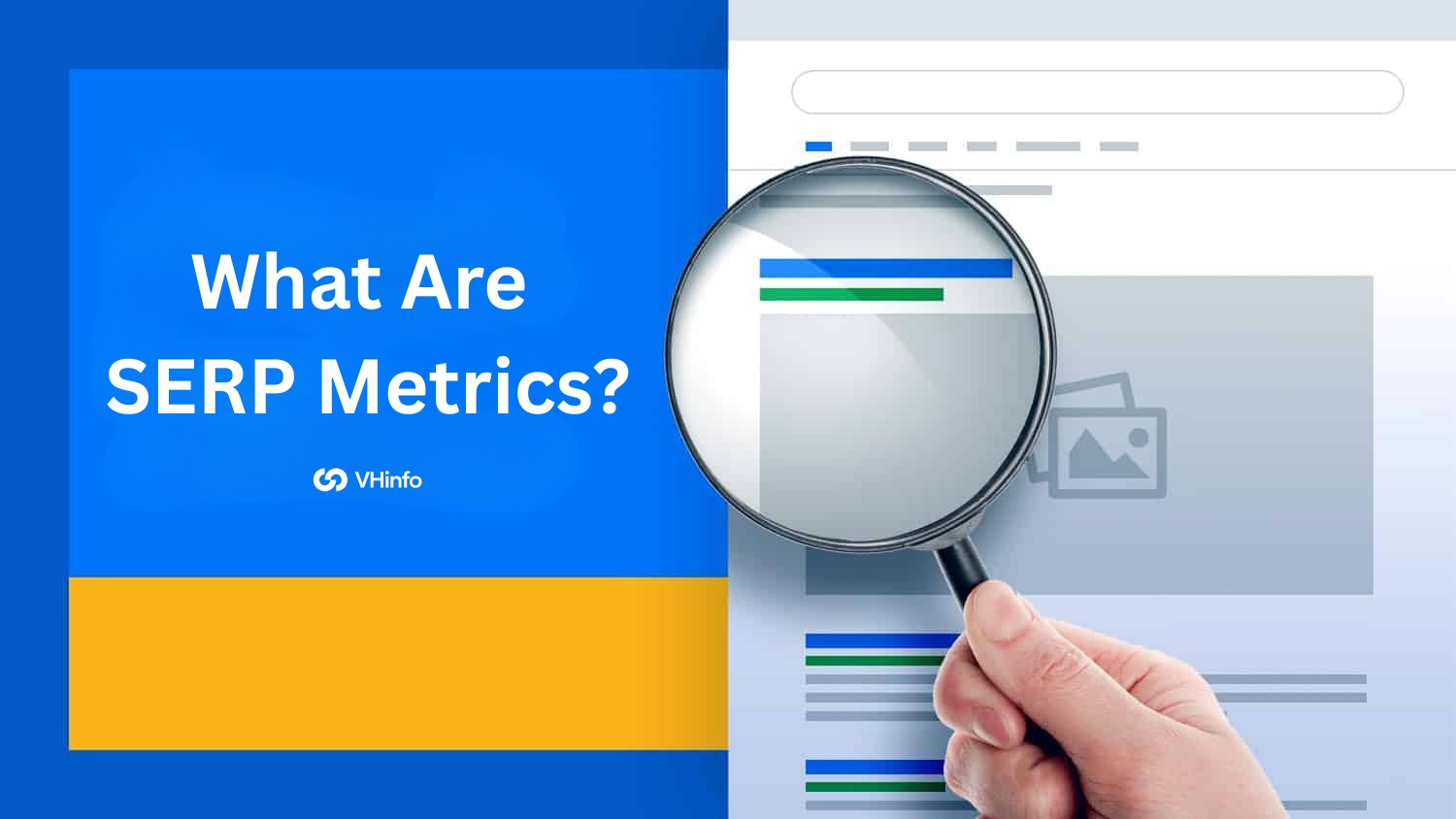
Let’s start with the basics. “SERP” stands for “Search Engine Results Page.” This is the page of links and answers you see after you type a search query into the search bar. SERP metrics are simply the numbers you use to measure your website’s performance on that page.
Defining SERP Metrics: Beyond Just Rankings
For a long time, search engine optimization was only about one thing: being number one. But the SERP is much more complex today.
It’s not just 10 blue links. The search results now include featured snippets, “People Also Ask” boxes, videos, maps, and AI Overviews.
Because the SERP has changed, just tracking your ranking position is not enough. You also need to know:
- How many people see your site?
- Do they click your link?
- Are you appearing in special SERP features?
True SERP analysis means looking at the whole picture, not just the keyword ranking. This data is vital for a strong SEO strategy.
The Connection Between SERP Metrics, User Behavior, and Revenue
Why do we care about these numbers? Because they tell us about people.
SERP metrics are a direct link to user behavior. They show us what people are looking for (their search intent or user intent) and whether or not they think our web page is a good answer.
Here’s how it works:
- A user has a problem and types a search query into Google.
- They see your site on the search engine results page.
- A good title and meta description (a short summary) makes them click your link. This click is a SERP metric.
- They arrive on your site, which provides a great user experience and answers their question.
- This organic traffic is now on your site, where they can become a customer.
Your SEO performance is the starting point for all your online sales. Bad SERP metrics mean you have a “leak” at the very first step. Good SERP metrics mean you are successfully turning searchers into visitors.
Core Vs. Vanity Metrics: What Really Matters?
In search engine optimization, it’s easy to get lost in numbers. Some numbers look good, but don’t actually help you make smart decisions. These are called “vanity metrics.”
- Vanity Metric Example: “We got 10,000 more impressions this month.” This sounds great! But if no people clicked, it didn’t help your business at all.
- Core Metric Example: “Our Click-Through Rate (CTR) went up by 2%.” This is a core metric. It means the impressions you are getting are becoming more effective. This is an actionable insight that shows your titles or meta descriptions are improving.
Real SEO success comes from tracking the core SEO metrics that are tied to your business goals. At VH-info, we focus on the SEO data that leads to real growth—more organic clicks, better leads, and a stronger marketing strategy for your SaaS.
The 5 Core SERP Metrics Every Marketer Must Track
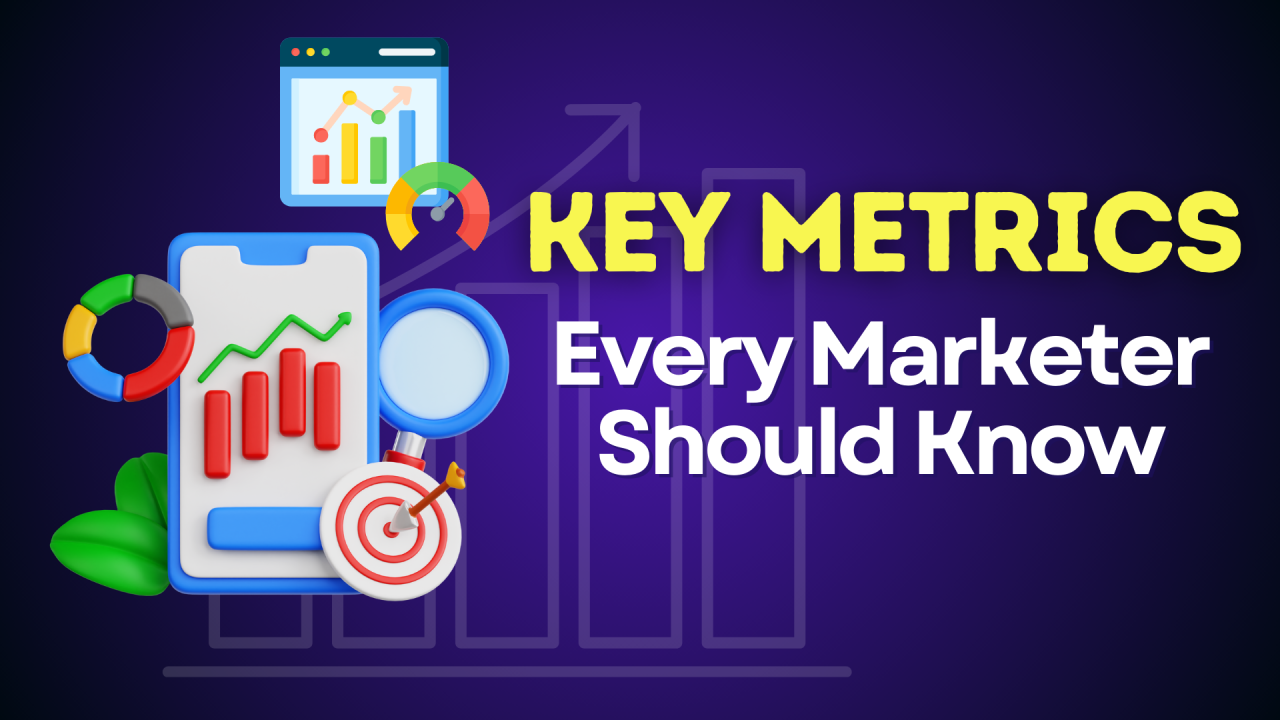
To get started, you don’t need to track 100 different things. You just need to master these five core metrics. You can find most of them for free inside your Google Search Console account.
Organic Rankings (Keyword Position)
This is the most famous SERP metric.
Organic rankings, or keyword position, tell you where your web page appears for a particular keyword. Are you on the first page (the Top 10 positions)? Are you in the Top 3? Or are you lost on page 10? Your ranking position is the foundation. If you aren’t ranking, you can’t get impressions or clicks. This metric helps you check your progress for every target keyword in your SEO strategy.
Click-Through Rate (CTR)
Click-through rate (CTR) is one of the most important SERP metrics. It is the percentage of people who saw your site in the search results and then clicked on it.
Formula: (Total Clicks / Total Impressions) * 100 = CTR
A high CTR means your page’s title and meta description are very good at grabbing attention and matching the search intent.
A low CTR is a huge red flag. It tells you that people are seeing you but choosing to click on a competitor’s organic result instead. Improving your CTR is one of the fastest ways to get more organic traffic without even changing your SERP position.
Impressions (Search Visibility)
Impressions count how many times your web page was shown to a user in the search engine results. This is your basic search visibility.
You can’t get clicks if you don’t get impressions first. If your impressions are low for a target keyword, it probably means:
- You are ranking too low (on page 5, for example).
- People are not searching for that keyword (it has low search volume).
Tracking impressions helps you know how big your potential audience is.
Organic Clicks & Traffic
This is the payoff. Organic clicks are the total number of people who clicked your link from the organic search results (not from Google Ads). This is your organic traffic, or search traffic. These are the real human visitors coming to your site. This metric is your primary goal. More organic clicks mean more people are visiting your store, reading your blog, or signing up for your service.
It’s a direct measure of your SEO performance.
Keyword Ranking Distribution (Top 3, Top 10, etc.)
One or two good keyword ranking positions are great, but you need to see the big picture. Keyword Ranking Distribution looks at all your relevant keywords at once.
It answers questions like:
- How many specific keywords do we have in the Top 3?
- How many are on the first page (Top 10)?
- How many are on page 2 or 3 (positions 11-30)?
This SERP metric is perfect for seeing your overall search performance grow over time. A successful content strategy will slowly move more and more keywords from page 2 onto the first page, and from the first page into the Top 3.
Advanced SERP Metrics For A Deeper Competitive Analysis
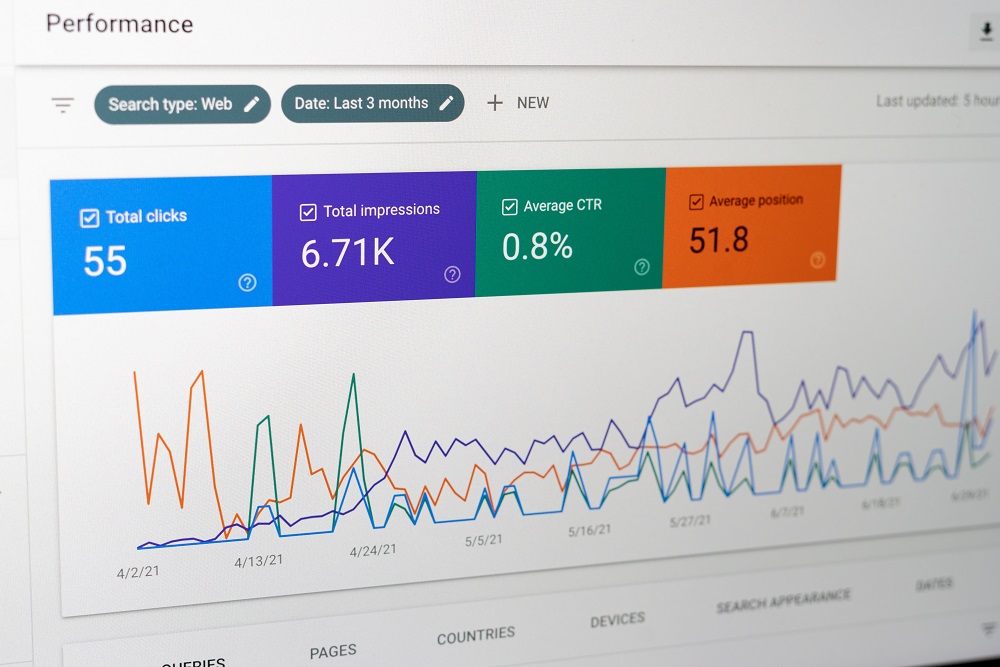
Once you have mastered the core metrics, you can move on to more advanced SERP analysis. These metrics are often found in professional SEO tool platforms and are amazing for competitive analysis.
Measuring Search Visibility & Share of Voice (SOV)
This is a more powerful version of tracking impressions. Share of Voice (SOV) is a SERP metric that measures your search visibility compared to your competitors.
It asks: “For all the most important keywords in our industry, what percentage of the total clicks or impressions are we winning?”
If your SOV is 25%, it means you are getting one-quarter of all the attention for your industry’s main topics, and your competitors get the other 75%. Tracking this shows if you are gaining or losing ground in your market.
Tracking SERP Feature Ownership (Featured Snippets, PAA, Local Pack)
The modern SERP is full of special boxes called SERP features. The most valuable ones include:
- Featured Snippets: The answer box at the very top (position zero).
- People Also Ask (PAA): A set of drop-down questions and answers.
- Local Pack: The map with 3 local businesses shown (for “near me” searches).
- Video Carousels: A row of video results.
“SERP Feature Ownership” is a metric that tracks how often your web page is the one Google chooses to show in these special spots. Owning a featured snippet can get you a huge number of clicks, even if you aren’t the #1 organic result.
Analyzing SERP Volatility and Rank Fluctuations
“Volatility” is a fancy word for “shakiness.” The search rankings can change every day. SERP volatility is a metric that tracks how much the search results for a particular keyword are “shaking up.”
- Low Volatility: The same 10 pages are always in the Top 10. This SERP is stable and hard to break into.
- High Volatility: The search rankings change wildly every day. This SERP might be easier to rank in, but it’s also harder to keep your SERP position.
This analysis helps you set your marketing strategy.
Branded Vs. Non-Branded Keyword Metrics
This is a simple but powerful way to split your SEO data.
- Branded Keywords: People who search for your company name (e.g., “VH-info,” “VH-info link building”). These people already know you.
- Non-Branded Keywords: People who search for what you do (e.g., “SaaS link building,” “best SEO tool for startups“). These people are new customers.
You must track both. Branded searches show your brand strength. Non-branded searches show how well your search engine optimization and content strategy are at finding new people. A good SEO strategy grows both.
New SEO Metrics That Deserve Attention Now

The search landscape is changing fast, mostly because of AI. Google Search is now showing AI Overviews (the big AI-generated answers) at the top of many search results. This change means we need new SERP metrics to track our performance.
- AI Brand Mentions: An AI Brand Mention is when your brand or company name is mentioned in the text of an AI Overview, even if there is no link. This is valuable for building brand awareness. It shows that the AI associates your brand with a particular keyword or topic.
- AI Linked References: This is even better. An AI Linked Reference is when the AI Overview not only mentions your brand but also includes a clickable link to your web page. This is a powerful new type of backlink profile signal. It sends you high-quality, relevant organic traffic from the very top of the SERP.
- AI Overview Visibility: This is a new SERP metric that is like the new Share of Voice. It tracks how often your domain appears in AI Overviews for your list of target keyword queries. Are you being cited as a source? Is your content being used to build the AI answer? This is the new frontier of search visibility.
- Conversion Influence: This is an advanced idea. How many people see your brand in an AI Overview, don’t click the link, but then search for your brand later and become a customer? This is called “Conversion Influence.” It’s harder to track, but it’s very real. Seeing your name in a trusted AI answer builds authority.
- AI Citations Link Destination: When an AI Overview does link to a site, where does that link go? This metric tracks which of your pages are being used as AI Citations Link Destinations. This gives you valuable insights into what type of content the AI trusts most. You can then use this knowledge to do more content optimization.
- Platform-Specific Performance: This metric reminds you to look beyond just Google Search. Your audience might be asking questions on social media, Quora, or Reddit. Tracking your performance and mentions on these platforms is also important for a complete marketing strategy, as this content often appears in search results, too.
Tracking these new AI-driven SEO metrics is a new challenge. Most traditional SEO tool platforms are still learning how to track them. This is where the expertise of a dedicated partner like VH-info becomes so important. We help SaaS companies build the high-authority external links and content quality that earn these AI Brand Mentions and AI Linked References, keeping your SEO strategy ahead of the curve.
How to Effectively Track and Analyze Your SERP Metrics?
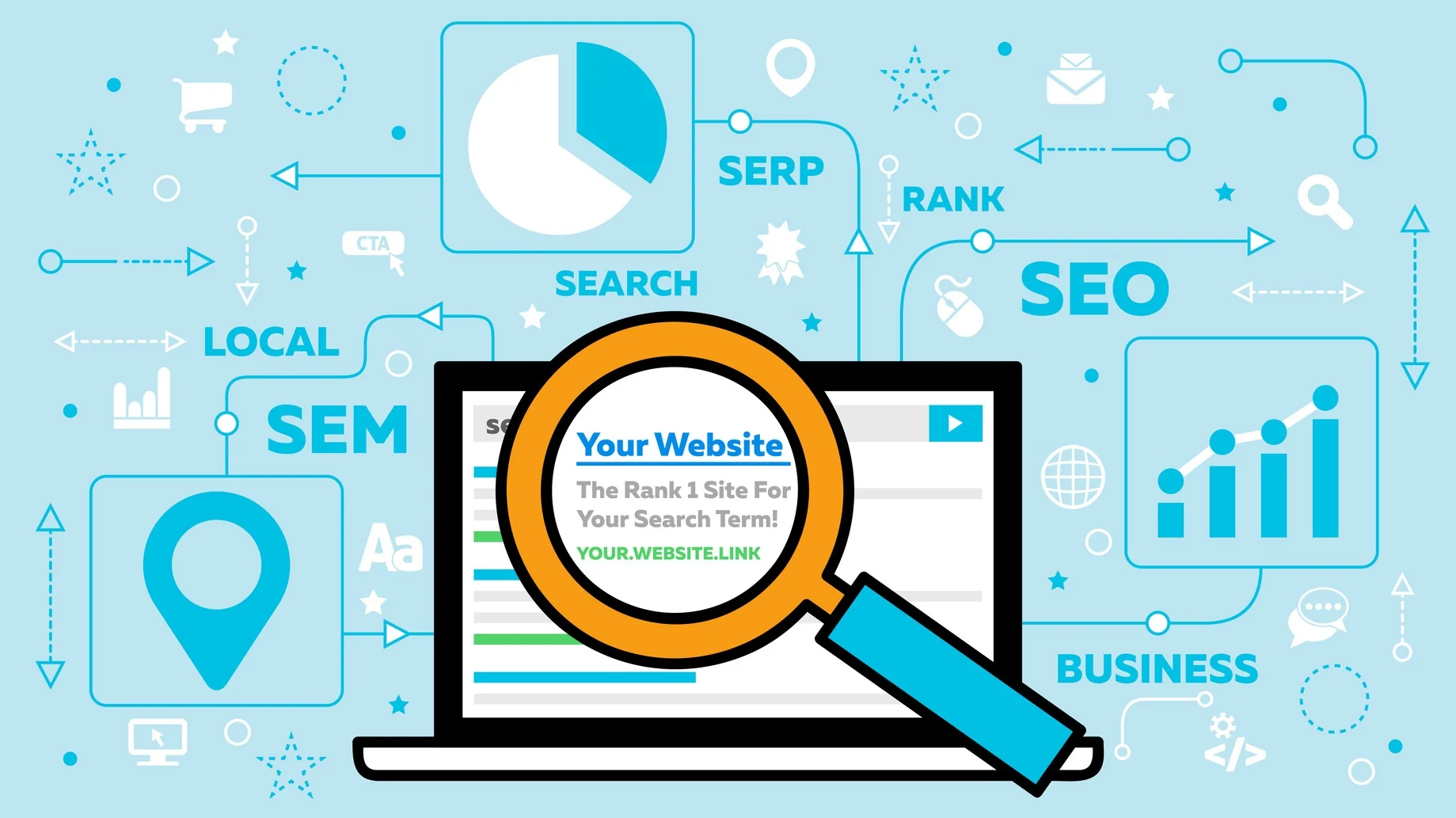
You know what to track. Now, how do you do it?
Using Google Search Console: Your Primary Source of Truth
The most important tool for tracking your own site’s SERP metrics is Google Search Console (GSC). It is 100% free and gives you SEO data straight from Google.
Inside GSC’s “Performance” report, you can see the four core metrics:
- Organic Clicks
- Impressions
- Average CTR
- Average Keyword Position
You can see this data for every search query, web page, country, and device. It is the best place to find valuable insights and identify technical issues with your ranking pages.
The Best 3rd-Party Tools For Monitoring SERP Metrics (Semrush, Ahrefs, etc.)
Google Search Console is perfect for your own site, but it tells you nothing about your competitors. For that, you need a 3rd-party SEO tool.
Tools like Semrush, Ahrefs, and Moz are industry standards. They help you:
- Do keyword research to find new relevant keywords.
- Estimate the search volume and keyword difficulty for any search query.
- Run a full competitor analysis to see what keywords they rank for.
- Analyze your backlink profile and find new link building opportunities.
Most of these tools offer a free trial, so you can test them to see which one works best for you.
Creating A SERP Metric Dashboard For Reporting
It’s easy to get lost in all this SEO data. A “dashboard” is a simple, one-page report that shows you only the most important numbers.
You can use a free tool like Google Looker Studio to connect to your Google Search Console and Google Analytics data. In a few clicks, you can build a report that shows your organic traffic, keyword performance, and CTR, all in one place.
This makes it easy to see your SEO performance at a glance.
How to Turn SERP Metric Data Into Actionable Insights?
Numbers are just numbers. You need to turn them into actionable insights. This is the key to a smart SEO strategy.
- If your Impressions are low, your keyword position is too low. You need to improve your content quality, fix technical SEO issues like Core Web Vitals, or build more external links.
- If your CTR is low, your ranking position is good, but your title and meta description are weak. You need to do content optimization to make them more compelling.
- If your Bounce Rate is high, people are clicking your link but leaving right away. This means your web page has a poor user experience or doesn’t match the user intent.
- If your Organic Clicks are high, you’re doing a great job! See what ranking pages are working best and create more content like them.
This process of “data -> insight -> action” is the heart of search engine optimization. For many SaaS teams, this is a full-time job. That’s why many choose to partner with an agency like VH-info. We handle the SERP analysis and link building so you can focus on your product.
FAQ’s:
What is the Most Important SERP Metric?
This is a common question! There is no single “most important” metric because they all work together. However, many experts would say Organic Clicks & Search Traffic are the most important, as they measure real visitors.
A high Click-Through Rate (CTR) is also very important because it shows your listing is doing its job.
How Do I Check My SERP Metrics For Free?
The best and easiest way is to use Google Search Console. It’s a free tool from Google. You just need to verify you own your website, and it will start showing you detailed SEO data about your impressions, clicks, CTR, and keyword position.
What is the Difference Between Impressions and Clicks?
It’s simple:
- Impressions: Someone saw your website listed in the search results.
- Clicks: Someone clicked on your website from the search results.
You always want more clicks from your impressions.
What Is A “Good” CTR As A SERP Metric?
A “good” CTR changes a lot. It depends on your industry, the particular keyword, and your ranking position. The #1 serp position will almost always have the highest CTR. In general, a CTR of 3-5% is considered average, but this can vary. A branded search query (when someone searches for your name) should have a very high CTR (30%+). The best practice is to always try and improve your current CTR.
Conclusion
Tracking your SERP metrics is not an optional task for a modern SEO strategy; it is the only way to know if your SEO efforts are paying off.
These numbers are the pulse of your search performance. They give you valuable insights into your customers, your content, and your competition. By tracking your organic rankings, CTR, and organic traffic, you can stop guessing and start making data-driven decisions.
As the search landscape changes with AI Overviews, the metrics we track will also change. Staying on top of your organic search results, from keyword ranking to new metrics like AI Brand Mentions, is the key to long-term SEO success.
This is what we focus on at VH-info. We provide the expertise in link building and SERP analysis that SaaS companies need to grow. Use these metrics, turn them into actionable insights, and watch your organic traffic reach new heights.
